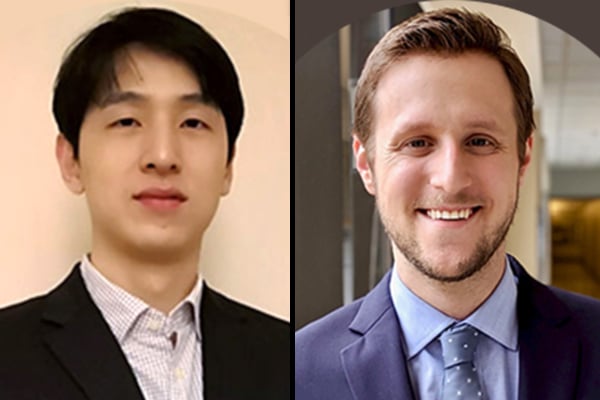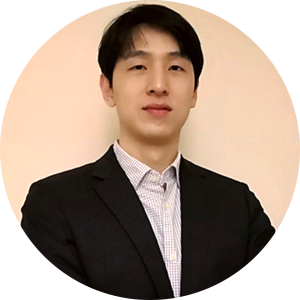Scott Albert – The Matte Strand Research Award (1998)
Mentor: Reza Shadmehr
Every movement begins and ends in a period of stillness. In the Laboratory for Computational Motor Control (the Shadmehr Lab), we study how the brain controls these different periods of motor activity. While decades of research have demonstrated that one area of the brain, the primary motor cortex, is critical for the execution of a movement, we know comparatively little about how the brain holds the arm still in a desired posture. In our recent work, we wondered if the brain holds the arm still using a strategy similar to that of the eye. For the eye, there are some neurons that produce a “moving” signal that corresponds to the velocity of the eye. However, there is a separate set of neurons that produce a “holding” signal that corresponds to the position of the eye. Much like the formula “distance equals rate multiplied by time,” the holding neurons calculate the “holding” signal by mathematically integrating the “moving” signal over time. Through a sequence of experiments involving over 200 healthy humans, 14 stroke patients, and four non-human primates, we discovered that a very similar integration process is used to hold the arm still. Critically, because reach integration was unimpaired in patients who suffered from cortical strokes, our work suggests that there are separate areas of the brain that move the arm and hold the arm still, as for the eye. These findings may help us understand why some neurological conditions can lead to impairment in movements and abnormal postures.
Learn more about Scott
Read more about all of this year’s Young Investigators.



